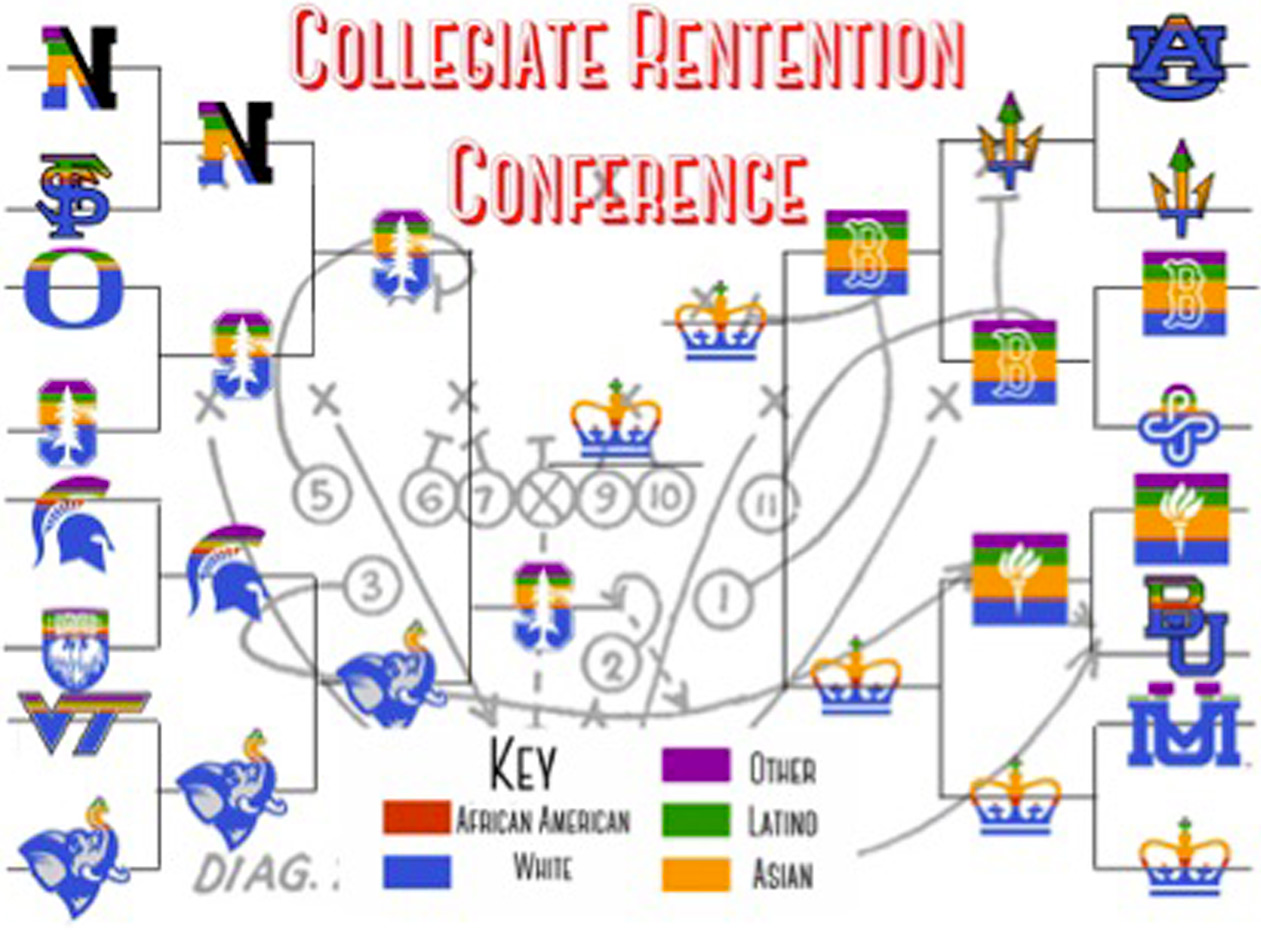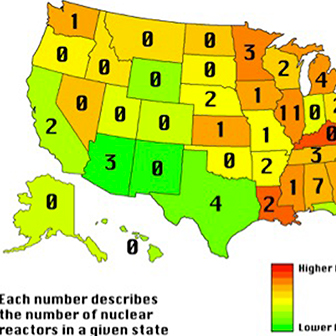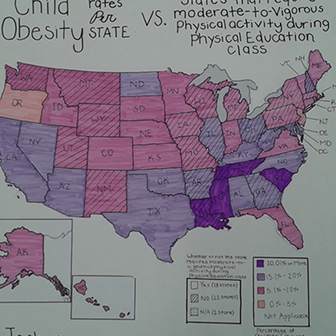PROJECT DESCRIPTION
INSTRUCTORS
SCHOOL SITE
LEVEL
SUBJECTS

More and more our world is influenced by data. Data is embedded throughout our daily lives, informing our decisions whether we are aware of it or not, and empowering governments and organizations to delegate funds and resources from San Diego County to nations around the world. This project allowed students to explore methods of data collection, analysis, and research into public health at a local and global level. Public Health professionals produce factsheets that inform audiences from those who make policy decisions to a young mother visiting a local clinic because she is concerned about her child’s health.
In this project students were guided by a series questions. The explorations, classwork, homework, and project components directly related to and helped the students answer these questions.
What are the big problems facing humanity and our local and global communities? How can we tackle these issues and communicate what we learn with the public? What does all this data mean? How do you interpret data and graphs? What now?

Public Health Factsheet. Factsheets are a central part of how public health professionals communicate their findings, analysis, and recommendations to the general public, government and non-governmental organizations, and nonprofit organizations. The audience and distribution change the content and layout of each factsheet.
Data Visualization. This visualization is not a graph in the traditional sense but rather a way of “seeing data”. A well-done visualization is a polished piece of work that is created using digital media, done by hand, or a constructed piece of work. It should provoke questions and observations from the audience without including any conclusions or telling the audience what to think or see.


Teacher:
The birth of this project was a phone conversation with my sister, who has worked in the public health field, in various capacities, for the past six years. Through sharing her experiences in the Peace Corps, research in graduate school, and different positions held for health related government organizations, I learned about a new field where math had a very powerful, social, and global impact on people’s lives. I immediately wanted to share that epiphany with my students and have them experience the power math has to change people’s perspectives and create change. Using real data from government and non-government organizations students chose indicators and issues they were passionate and concerned about. Examples include expulsion rates, drug use amongst teenagers, teen pregnancy, vaccination rates, and the zika virus. I really enjoyed doing research with my students and discussing the impact and implications of their data analysis.
Student:
This project stood out because it felt a lot more “real world” than most projects. I know that’s usually the goal for most everything we do at this school but I feel like this one was executed very very well. The most memorable thing about this project was all of the shocking statistics we found on topics that interested us. When the students are looking at things they’re interested in, the motivation goes up and the products are always of better quality. Something that was challenging about this project was that we had to find our own data, which turned out to be much easier said than done. This challenge really made this project unique and made it more meaningful because we had to do all the dirty work dealing with the numbers and it made what we found so much more rewarding. Statistics mean so much more when you are the one who takes the time to find the data yourself. – Julia Rosecrans ‘17